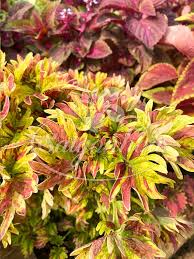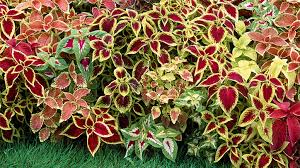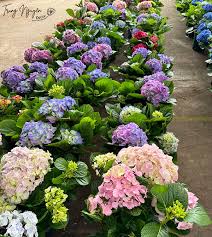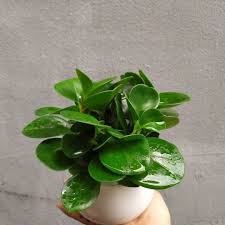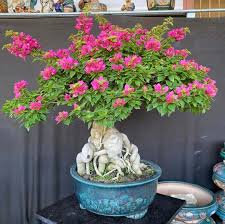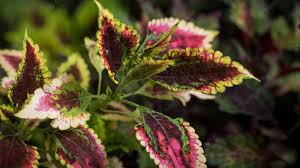The Role of Artists in Royal Courts: Shaping Culture, Power, and Legacy
Throughout history, royal courts have been the epicenter of culture, art, and luxury. These courts were not only the political centers of power but also the places where art and culture flourished under the patronage of monarchs. Artists who were invited into these circles played a crucial role in shaping the visual and intellectual landscape
